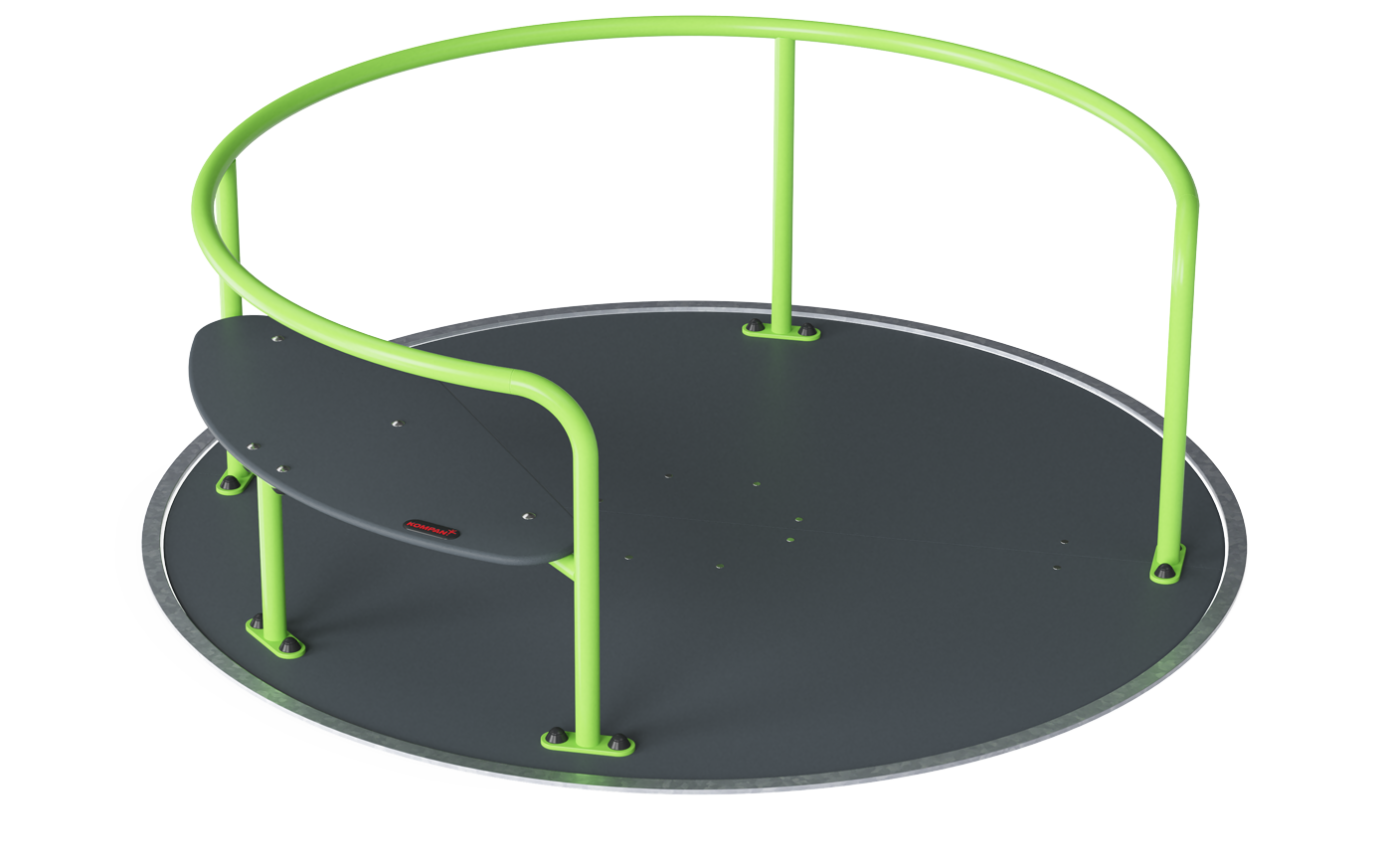
PCM157
Universal Carousel 通用旋转椅
2+ 年龄
29.1 m2
8 用户
游乐场规划


以上是一个大型游乐场的例子,但无论你的包容性游乐场有多大,都要牢记以下设计特点:
使用者可以四处走动吗?首先要确保游乐场的可达性。规划时要考虑到停车方便,入口要足够宽敞,以便轮椅使用者等进入游乐场。
选择包容性的游乐场地面,便于行动不便者进入和参与游戏。带有指引的小路会很有帮助,可以带他们绕过游乐设备,到达目的地,并在整个游乐场中穿梭。
为看护人和容易受到过度刺激的儿童提供有长凳和遮阳设施的安静区域。
设计社交和独处区域。包容性游乐场既要提供刺激的社交游戏,也要提供使用感官游乐场设备的安静游戏。
确保高架层和地面层的游戏活动对于行动不便的人来说是无障碍和可用的,可以使用坡道装置或易于进入的铺面材料。坡道装置可以让轮椅使用者等其他行动不便的人进入游戏区域。
为了帮助游乐场规划,我们在包容性游乐场设计指南中对设计过程的最佳实践进行了简单概述。

感官游戏活动
无障碍性还意味着考虑到具有感觉或认知障碍的用户。在您的包容性游乐场设计中考虑感觉游戏活动是激活平等游戏机会的一种美妙方式。需要考虑的因素包括有形和视觉纹理,带有舒缓身体压力的设备区域,听觉运动激励器和感觉体验,例如有香味的植物。



多样的游戏价值
多样化的游戏机会是指创造一个拥有狂野和安静活动的游戏空间。一个包容性的游乐场应该提供身体、社交情感、认知创意活动,同时还应该设有便于休息的座椅。
请填写您的详细联系信息,我们将尽快与您联系。